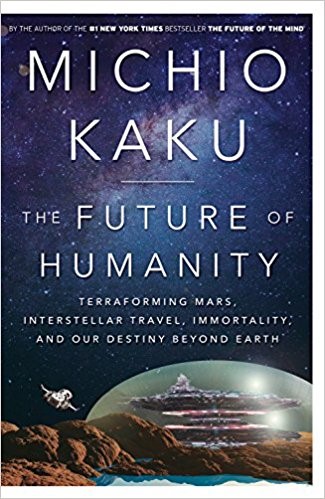
Another set of robots would oversee the sorting, milling, and smelting of raw materials in the factory to separate and obtain various metals. We would ship over an initial team of automatons, some of which would mine the regolith and others of which would build a factory. “By the early twenty-second century, the technology for self-replicating robots should be perfected, and we may be able to entrust machines with the task of constructing solar arrays and laser batteries on the moon, Mars, and beyond. The Future of Humanity: Terraforming Mars, Interstellar Travel, Immortality and Our Destiny Beyond Earth When you gaze back at the stretcher, you see your body, lacking its brain, while your consciousness now exists inside a robot.”

Once all one hundred billion neurons have been duplicated, the connection between you abd the artificial brain is finally cut. Eventually, without losing consciousness, your entire brain and all its neurons are replaced by transistors. Because your brain is connected to the robot brain, you are fully conscious even as more and more neurons are replaced by transistors. As time goes by, more and more neurons are removed from your brain and duplicated in the robot. A cable would connect these transistorized neurons to your brain. Then a surgeon would take individual neurons from your brain and create a duplicate of these neurons (made of transistors) inside the robot. When I interviewed him, he claimed that his method of uploading the human mind could even be done without losing consciousness.įirst you would be placed on a hospital gurney, next to a robot. Kaku takes readers on a fascinating journey to a future in which humanity could finally fulfil its long-awaited destiny among the stars - and perhaps even achieve immortality.“An even more advanced form of uploading your mind into a computer was envisioned by computer scientist Hans Moravec. With irrepressible enthusiasm and wonder, Dr. With his trademark storytelling verve, Kaku shows us how science fiction is becoming reality: mind-boggling developments in robotics, nanotechnology, and biotechnology could enable us to build habitable cities on Mars nearby stars might be reached by microscopic spaceships sailing through space on laser beams and technology might one day allow us to transcend our physical bodies entirely.

World-renowned physicist and futurist Michio Kaku explores in rich, accessible detail how humanity might gradually develop a sustainable civilization in outer space.

More than a possibility, it is becoming a necessity: whether our hand is forced by climate change and resource depletion or whether future catastrophes compel us to abandon Earth, one day we will make our homes among the stars. Human civilization is on the verge of spreading beyond Earth.


 0 kommentar(er)
0 kommentar(er)
